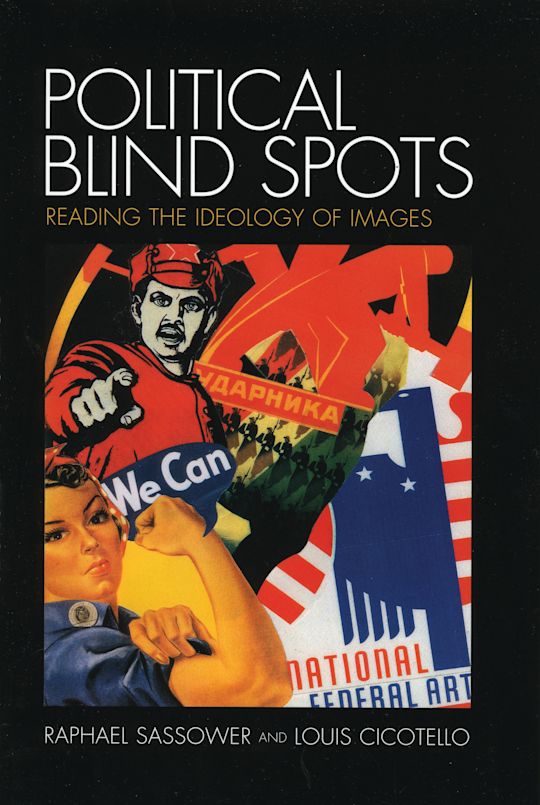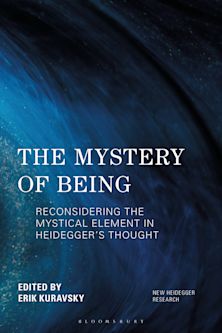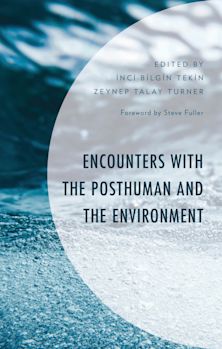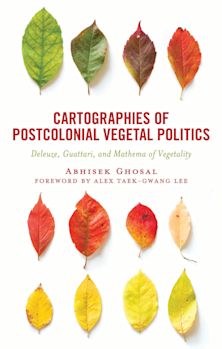- Home
- ACADEMIC
- Philosophy
- Philosophy - Other
- Political Blind Spots
Political Blind Spots
Reading the Ideology of Images
Political Blind Spots
Reading the Ideology of Images
This product is usually dispatched within 3 days
- Delivery and returns info
-
Free US delivery on orders $35 or over
You must sign in to add this item to your wishlist. Please sign in or create an account
Description
In order to better understand the conditions of the twenty-first century Raphael Sassower and Louis Cicotello revisit the twentieth century in Political Blind Spots: Reading the Ideology of Images. Sassower and Cicotello revisit some of the most significant periods in art and politics in the twentieth century paying close attention to the relationship between aesthetics and politics.
Table of Contents
Chapter 2 The Visual Framing of Fascism and Democracy
Chapter 3 The Universal Faces of Art
Chapter 4 The Pedagogical Predicament
Product details
| Published | Jun 02 2006 |
|---|---|
| Format | Paperback |
| Edition | 1st |
| Extent | 152 |
| ISBN | 9780739112618 |
| Imprint | Lexington Books |
| Dimensions | 9 x 7 inches |
| Publisher | Bloomsbury Publishing |
About the contributors
Reviews
-
Discussing art as a function of politics, this book offers a fresh perspective on the place of art in our lives and our society. Writing in a direct and accessible manner, Sassower and Cicotelli bring clarity to a complex range of materials and philosophical positions.
Adam J. Lerner, The Laboratory of Art and Ideas at Belmar
-
...instructors of art and their students will especially benefit from this thought-provoking and nuanced book.
Anthony Birch, Gainesville, Georgia, Bridges
-
In an important and ground-breaking analysis, Sassower and Cicotello dissect the social power of imagery, from art to propaganda. Now more than ever images shape and control our lives, and this book points in a new direction, perhaps toward a new discipline, for understanding them. From politics and economics to structures of the mind, the context and appeal of art is examined through a radical social/aesthetic approach. The right questions are asked-about interests, culture, beauty-and a deep reading of images emerges, a reading increasingly essential for our time.
Will Wright, Colorado State University-Pueblo


































